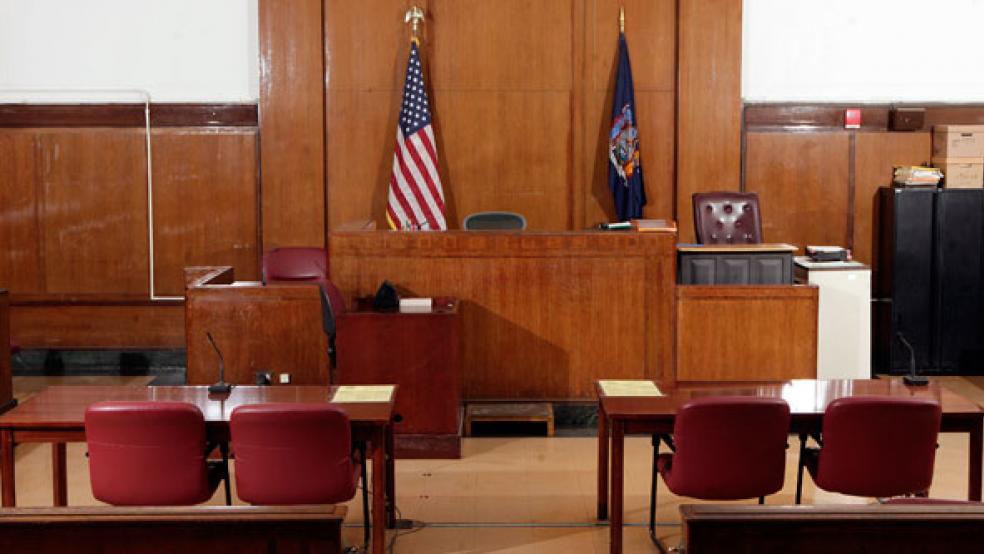While the federal government issues furloughs and pink slips to deal with the $85 billion in across-the-board sequester cuts, it continues to waste millions in taxpayer money to maintain unused federal courtrooms across the country.
That’s according to a new Government Accountability Office audit, which found that between 2000 and 2010, taxpayers spent $835 million in extra construction costs for 33 courthouses that were overbuilt by more than 3.5 million square feet – enough extra space for nine average-sized courthouses. Even though the space sits empty and unused to this day, taxpayers continue to pay for $51 million in maintenance and operational costs every year.
Congress must authorize the size and the projected costs of every federal building before the General Services Administration constructs them. GAO found that all 33 buildings had exceeded the authorized size by 1.7 million square feet.
In many cases, this was because the judiciary had overestimated the number of judges each courthouse would have – or the district and magistrate judges refused to share courtrooms. According to the audit, the courthouses had 119 fewer judges than the 461 their collective building had estimated, resulting in about 887,000 extra square feet.
The Wilkie D. Ferguson Courthouse in Miami, Florida, for example, estimated that it would have 33 judges by 2010; but only 27 judges are working there as of March 8.The six judge vacancies alone resulted in 57,000 extra square feet of space, including two courtrooms that were never finished. In total, the Ferguson Courthouse cost taxpayers an extra $48.5 million in construction costs and an additional $3.5 million in annual maintenance costs, since it was overbuilt by some 238,000 extra square feet.
The GAO report also raised questions about whether the Ferguson Courthouse should have been constructed at all. There were already 29 courtrooms in the district, 12 more than they needed, based on the number of judges in the area.
In fact, the report found that the David W. Dyer Courthouse, a vacant, historic building in the same district as the Ferguson Building, could have accommodated the judges, rather than building a new courthouse at all. “Considering the extent of the extra space built, it is unclear if the Ferguson Courthouse would have been necessary had the judiciary retained use of the Dyer Courthouse,” the report said. The unused Dyer building, vacated in 2008, continues to cost taxpayers $1.2 million annually to maintain.
To avoid similar problems in the future and to save American taxpayers millions, the GAO report recommends that the GSA establish better oversight to make sure courthouses remain within their congressionally authorized size and price. It also recommends that judges consider sharing courtrooms – and that the judiciary improves its estimation of future judgeships, to prevent the building of unneeded courtrooms.





